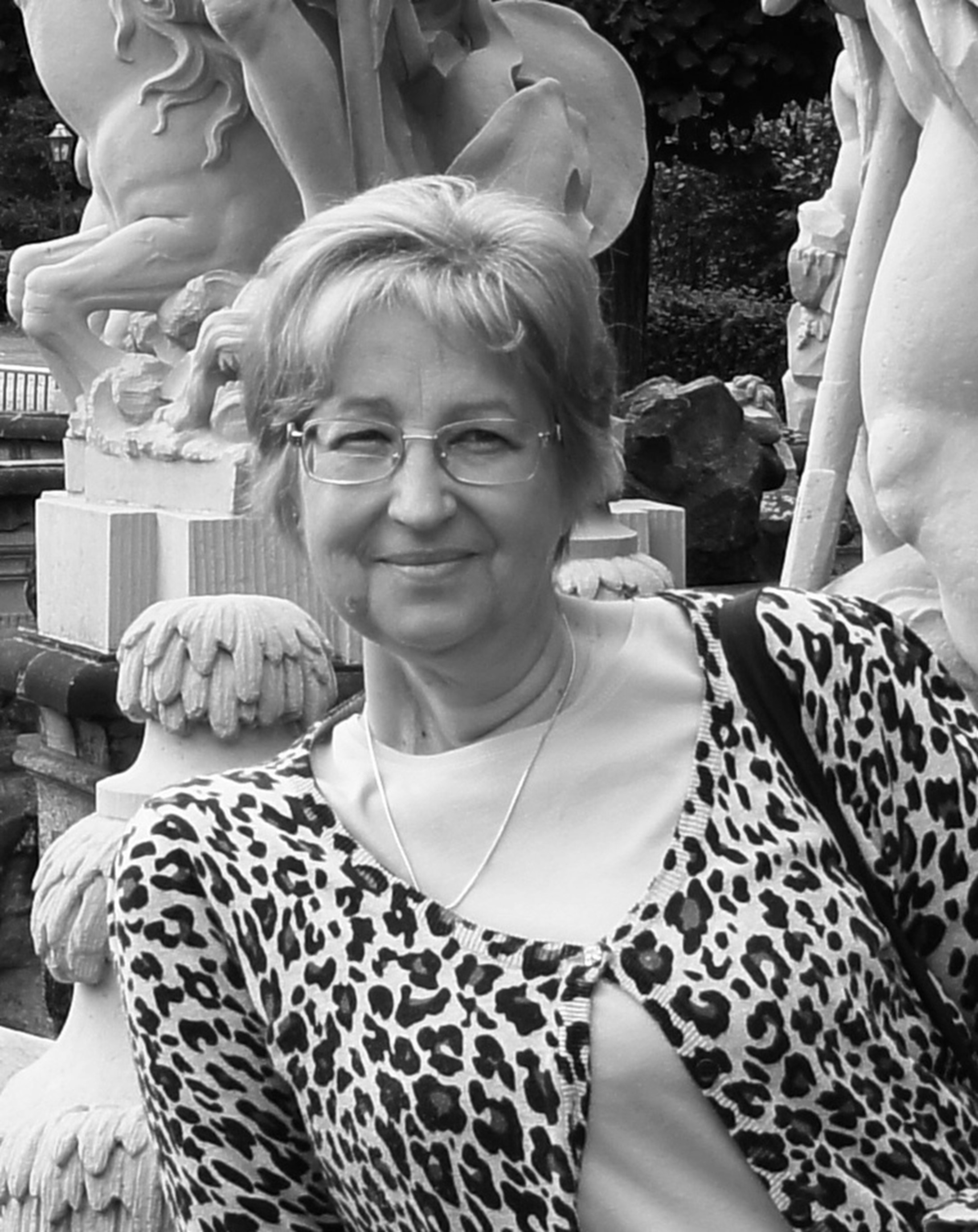Barbara Milewska-Waźbińska
Barbara Milewska-Waźbińska is a classical philologist, an alumna of the University of Warsaw. For many years now, she has been associated with the Institute of Classical Philology at the University of Warsaw, where she currently teaches and conducts research as a professor in Renaissance Studies. Her interests include Neo-Latin literature, classical tradition, reception of Antiquity in modern times, as well as comparative aspects of arts in culture. She has published numerous books, also co-edited texts (e.g. Owidiusz. Twórczość – recepcja – legenda [Ovid. Works – Reception – Legend] 2006) and scholarly papers. She also publishes popular science articles in the quarterly RSK. Rynek – Społeczeństwo – Kultura [Market – Society – Culture]. For over a decade she has been engaged in popularizing Antiquity and its reception among the elderly in the Wars i Sawa club in the Old Town Community Centre in Warsaw. She also sits on the committee of the interdisciplinary competition in the knowledge of Classical Antiquity for secondary schools. She also participates in the Annual Science Fair in Warsaw.
Her books include:
- Sebastiani Fabiani Sulmircensis Acerni “Victoria deorum”, ed., Wrocław–Warsaw–Cracow etc: Ossolineum, 1986;
- W kręgu bohaterów spod Wiednia. Rzecz o dwóch łacińskich eposach staropolskich [In the Circle of Heroes from Vienna. On Two Old Polish Epics in Latin], Warszawa: Wydział Polonistyki UW, Instytut Filologii Klasycznej, 1998;
- Owidiusz. Twórczość – recepcja – legenda, ed., with Juliusz Domański [Ovid. Works – Reception – Legend], Warszawa: Instytut Filologii Klasycznej, 2006;
- Ars epitaphica. Z problematyki łacińskojęzycznych wierszy nagrobnych [Ars epitaphica. The Issues Related to Latin Poetic Tomb Inscriptions], Warszawa: Wydział Polonistyki Uniwersytetu Warszawskiego, 2006;
- Słońce na tarczy, czyli tajemnice pałacowej fasady [Sun on the Shield, or the Secrets of the Palace Façade], Warszawa: Muzeum Pałac w Wilanowie, 2008;
- W teatrze życia i sławy Jana III Sobieskiego, czyli widowisko wilanowskie, with Magdalena Górska [In the Theater of Life and Fame of Jan III Sobieski, or a Wilanovian Spectacle], Warszawa: Muzeum Pałac w Wilanowie, 2010;
- Poesis artificiosa. Between Theory and Practice, ed., Frankfurt am Main: Peter Lang GmbH, 2013.
For a full list of publications, see: ifk.uw.edu.pl (accessed: October 27, 2020) and here: bibliografia.uw.edu.pl (accessed: October 27, 2020).
Sources:
The Institute of Classical Philology UW website (accessed: October 27, 2020).
Interview with the Author.
Bio prepared by Marta Pszczolińska, University of Warsaw, m.pszczolinska@al.uw.edu.pl
Questionnaire
1. What drew you to writing/working with Classical Antiquity, and what challenges did you face in selecting, representing, or adapting particular myths or stories?
Everything, I strive to convey, also in popular science form, is associated with my education – I am an alumna of classical philology.
2. Why do you think classical/ancient myths, history, and literature continue to resonate with young audiences?
They are universal themes, connecting generations, as well as people of different nationalities.
3. How do you use your background in classical education (Latin or Greek at school or classes at the University)? What sources are you using? Scholarly work? Are there any books that made an impact on you in this respect?
A comic book consisting of Latin text employs a tool directly linked to Antiquity, i.e., the language.
4. What was the pattern of choosing particular quotations and references to certain specific classics and looser interactions with them (I spotted quotations from Horace, Virgil, Caesar, Socrates via Plutarch) – was that an attempt to show the students that the Latin language is still relevant and that, when interwoven into common dialogue, does not have to be a torture of translation, but rather an interesting complement to common speech?
Using quotations from the classical authors is one of the long-established ways of reception of the ancient culture. Introducing this traditional measure of referencing the heritage of the Ancients seemed natural. Besides, it was a lot of fun!
5. Did the inspiration result from your passion for didactics and your care for it to always be at a high level and at the same time pleasant for the student?
Together with the Co-Author, we entertained a hope that our joy of writing and drawing would translate into the joy of reading and viewing pleasure.
6. How concerned were you with "accuracy" or "fidelity" to the original? (another way of saying that might be — that I think writers are often more "faithful" to originals in adapting its spirit rather than being tied down at the level of detail — is this something you thought about?). How far were you inspired by the French Astérix and Obelix?
What I believe to be valuable in the texts of culture is their multidimensionality, multifunctionality and polysemy. I will not deny that the heroic Gauls were in fact, my inspiration. Alluding to models that have proved themselves to be good is after all the basis of the cultural phenomenon that we call tradition. I am glad to have been able to show my respect to the creators of Astérix and Obelix.
7. Could you say a few words about the cooperation between philologists who share their passion for the ancient culture, the Latin language and a great sense of humour?
Sometimes, I am under the impression that classical philologists are a separate group in the society. We are connected by our particular reception of “ancient time” and “ancient space”. We experience time and space through the language – when we commune (and struggle) with Greek and Latin. We work with the text and primarily strive to understand the sense of any statements, and then, according to them, we judge the ancient authors, heroes as well as the recipients of these works. Reading the classical works in the original language is an inter-generational cooperative experience, which implies respect, but also consideration, equally for the ancient and the contemporary people.
Prepared by Marta Pszczolińska, University of Warsaw, m.pszczolinska@al.uw.edu.pl
Records in database:



